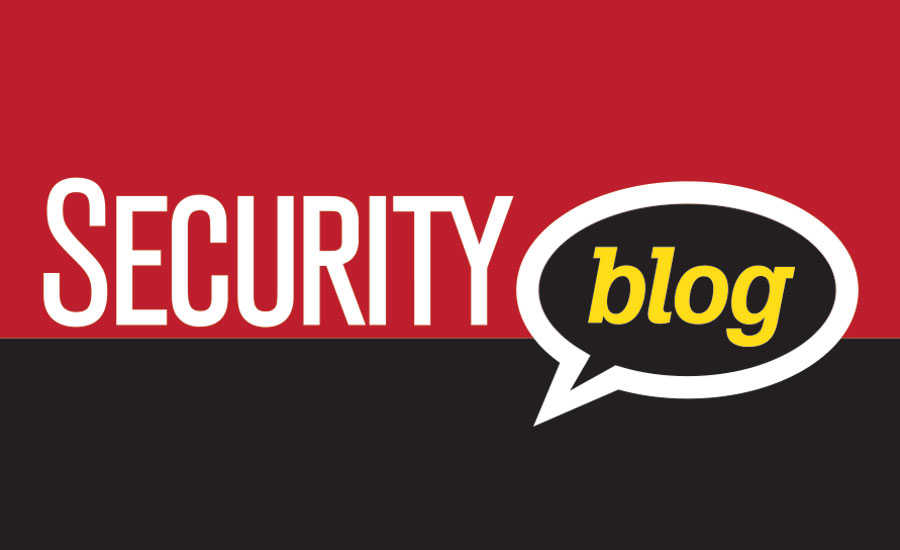What Security Leaders Can Learn From the Coronavirus Threat

A key role in corporate security leadership is in understanding global vulnerabilities as part of a shift that goes beyond traditional security concerns, in order to anticipate new risks to your organization. According to this discipline, the primary focus of security leadership should be protecting an organization’s human capital as its most valuable asset, then focus on loss prevention through cyber and physical security measures. When security leaders possess a multidisciplinary understanding of security covering a variety of risks spanning international concerns, strategic threats, asset protection and technical development, their organization stands to be better prepared.
Therefore, the scope of security leadership should be expanded to include not only traditional intellectual and physical asset protection but also personnel security, business continuity, safety and organizational health. Organizations shouldn’t feel secure by only continuing to address security through “gates, guards and guns” or the more prevalent shift from physical to cyber-dominated security if/when their organizations haven’t considered the changing landscape of global risks that may affect their organizations. This requires investing in staff training, consulting and personnel that have expertise and planning in other fields traditionally focused in investigations, intelligence and emergency management, as well.
In today’s globalized and interconnected world, it is almost impossible for an organization or employee to isolate themselves from the rest of the world by constructing virtual or physical "fences." Like it or not, organizations are influenced by developments in other industries that may also be in other parts of the world. For instance, the financial markets have lost billions of dollars due to the current outbreak of the novel coronavirus, officially named COVID-19. This virus was first reported in Wuhan, China, on Dec. 31, 2019, and was originally viewed as a “China problem”. However, the global reliance on Chinese manufacturing and supply chain considerations have expanded COVID-19’s global implications to a perfect an example of a corporate security risk. While many have lost their lives and tens of thousands worldwide have been infected, early treatment strategies show that the virus is largely survivable.
The ensuing panic and media coverage didn’t stop a massive market selloff and governmental reaction in many countries to restrict port and travel access, which has a direct impact to corporate business continuity. It’s also virtually impossible for corporate security executives to determine where employees traveled on their time off, or if someone in close contact with an employee has traveled to an effected area. As a result, COVID-19 is no longer only a China or governmental problem, but one your organization should have its own plan to address.
Rarely considered in regard to security management, employee health and safety is vital for an organization’s human capital. Health & safety is a provision of an organization’s minimum protection from diseases and unhealthy conditions. While it is almost impossible to prevent the spread of epidemic diseases, it is important for corporate security leaders to work with local or federal health officials collectively to take necessary measures to decrease the impact of epidemics, and thus, keep an organization’s doors open for business.
In order to overcome these problems, organizational planning should make a provision for basic life safety and health concerns. In other words, things like shelter-in place (SIP) planning shouldn’t just be about conducting drills, but looking at HVAC flows to assure air purity, food and medical supply storage, etc. Many security directors know that shelter-in-place drills require staff to go to a central room and wait until an all-clear order comes from the authorities. However, many professionals don’t coordinate with building engineers to ensure that HVACs don’t circulate external airborne threats. Furthermore, security and safety leaders have a responsibility to budget for supplies like food, water, batteries and communications equipment that assure a SIP/quarantine lasting for upwards of 72 hours. Your security and safety program should also have a mechanism (like a newsletter) to communicate updates on the COVID-19 preparedness, SIP, evacuation plans and active shooter preparedness from credible sources like law enforcement and/local health department(s).
Unless corporate security leaders tackle issues facing our nation as opportunities to update plans and contingencies at their organizations, they will continue to face threats that they will not be prepared to address.
Guidance from government agencies and international organizations can help guide corporate planning that limits the negative effects of threatening developments like COVID-19, but initiating a culture of collective behavior withing your organization’s security, safety, human resources and executives are required to deal with these types of problems. If assistance is needed in creating this culture where one doesn’t previously exist, there are consultants who can work with corporate leaders to do so.
